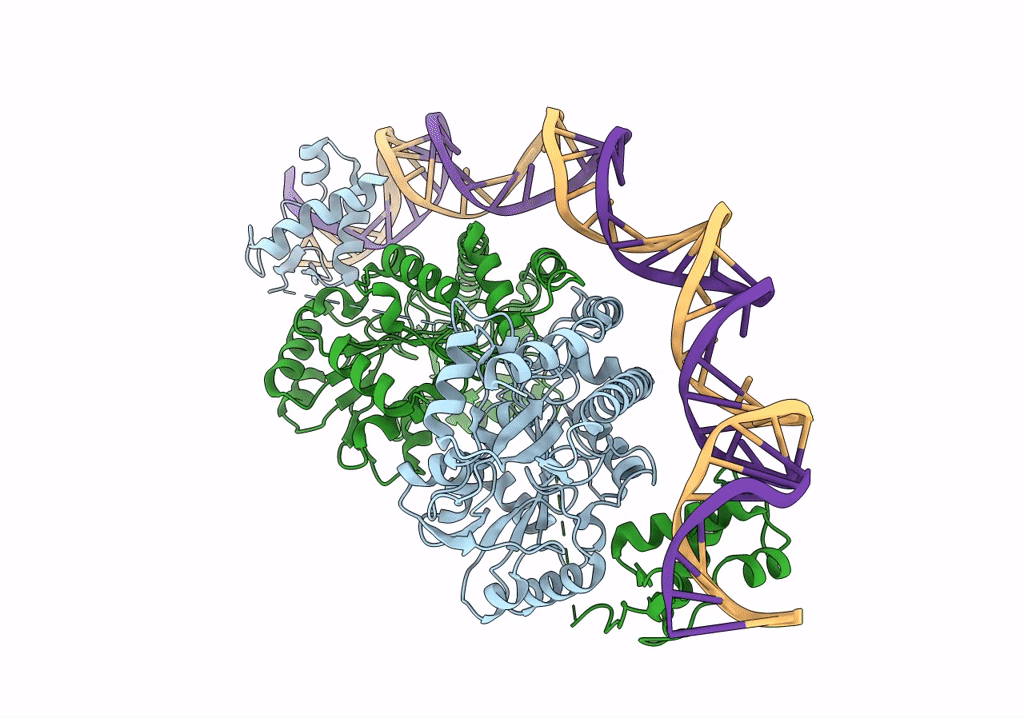
Deposition Date
2022-04-27
Release Date
2023-07-05
Last Version Date
2024-01-17
Entry Detail
PDB ID:
7ZPA
Keywords:
Title:
Cryo-EM structure of holo-PdxR from Bacillus clausii bound to its target DNA in the closed conformation, C1 symmetry
Biological Source:
Source Organism:
Alkalihalobacillus clausii (Taxon ID: 79880)
Host Organism:
Method Details:
Experimental Method:
Resolution:
3.90 Å
Aggregation State:
PARTICLE
Reconstruction Method:
SINGLE PARTICLE


